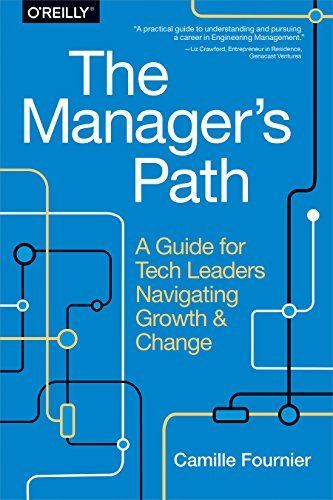
The Manager's Path A Guide for Tech Leaders Navigating Growth and Change
Managing people is difficult wherever you work. But in the tech industry, where management is also a technical discipline, the learning curve can be brutal--especially when there are few tools, texts, and frameworks to help you. In this practical guide, author Camille Fournier (tech lead turned CTO) takes you through each stage in the journey from engineer to technical manager. From mentoring interns to working with senior staff, you'll get actionable advice for approaching various obstacles in your path. This book is ideal whether you're a new manager, a mentor, or a more experienced leader looking for fresh advice. Pick up this book and learn how to become a better manager and leader in your organization. Begin by exploring what you expect from a manager Understand what it takes to be a good mentor, and a good tech lead Learn how to manage individual members while remaining focused on the entire team Understand how to manage yourself and avoid common pitfalls that challenge many leaders Manage multiple teams and learn how to manage managers Learn how to build and bootstrap a unifying culture in teams
Reviews
ahmed@ahmd
Heiki Riesenkampf@hrk
Tuago@iagomr
Simao Freitas@simao
Felipe Saldarriaga @felipesaldata
Pratul@pratul
brendan sudol@bren
Claire Knight@krider2010
Lance Willett@lancewillett
Jose Quaresma@josequaresma
Mike Engel@vegemike
Colton McCurdy@mccurdyc
Johnie Hjelm@johnie
Josh Kuiros@joshkuiros
David Furnes@dfurnes
Mehul Kar@mehulkar
Nahuel Scotti@singuerinc
Tanner Christensen@tannerc
Vanessa@vanessab
Akinwale Oshodi@akoshodi
Jian Yuan Lee@jianyuan
Flavio Kruger@flaviokb
Ana Ferreira@ana
Ketan Nayak@ketan
Highlights
Robin Binder@bobinrinder
Robin Binder@bobinrinder